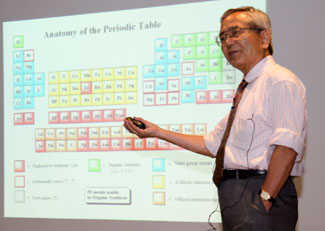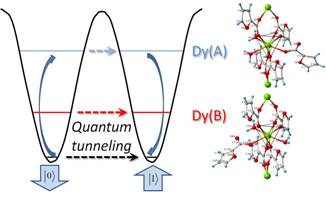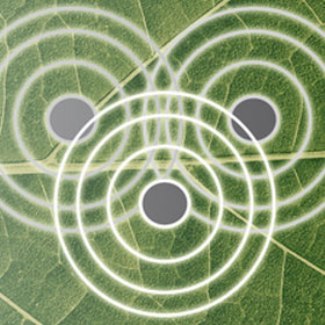
- Home

Photochemistry of Indigo: a long-standing controversy
Although the use of indigo as a dye dates back to at least the 7th century B.C., it was not until the late nineteenth century when its chemical structure was discovered, and 60 years more passed before spectroscopic data was obtained. The indigo molecules are not water...
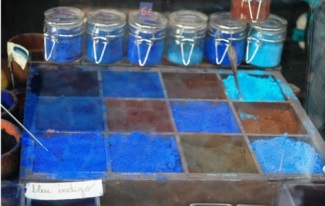
Nanostructuring of Hybrid Materials
Self-assembly processes at molecular level have recently become particularly interesting since they allow certain control on porosity, morphology and nanostructure of materials and, thus, in their properties. In organosilicas, which are hybrid materials combining an inorganic matrix with an...
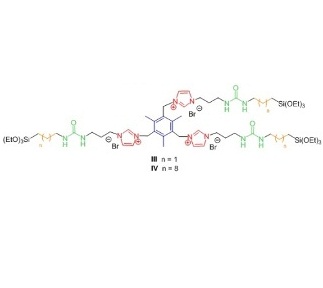
Use of an Electronic Tongue for the Analysis of Beer
The Group of Sensors and Biosensors at the UAB has developed an electronic tongue to analyze and identify different types of beer, as well as to estimate their alcohol content. This device is a combination of chemical sensors that simulate the sense of taste with...

New Detection and Treatment System for Lead-Contaminated Water Developed
Most of the techniques for the detection of toxic metals developed up to now require expensive equipment and skilled personnel. Lately, however, the use of various nanoparticles which can work with less environmental and monetary costs has...
New features in the detection of cadmium in water
Cadmium is a contaminant element whose presence in the environment has increased in recent years and which can accumulate in the human body. A study in which a UAB researcher participated has developed a new device which not only detects cadmium in water but also...
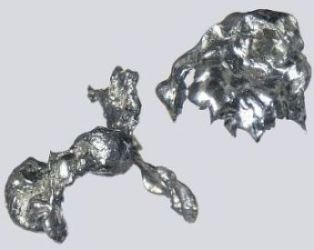
Ei-ichi Negishi, Nobel Laureate in Chemistry
“We must find an economic way to reduce CO2 emissions by using catalysts”
...
